The animal kingdom is full of incredible athletes — creatures that can sprint, leap, and dash at unbelievable speeds. Whether chasing down prey or escaping predators, these land animals have evolved with powerful limbs, aerodynamic bodies, and lightning-fast reflexes. From the African plains to the deserts of North America, these speedsters amaze scientists and wildlife lovers alike. In this article, we’ll explore ten of the fastest land animals on Earth and what makes them nature’s ultimate sprinters.
1. Cheetah (Acinonyx jubatus)
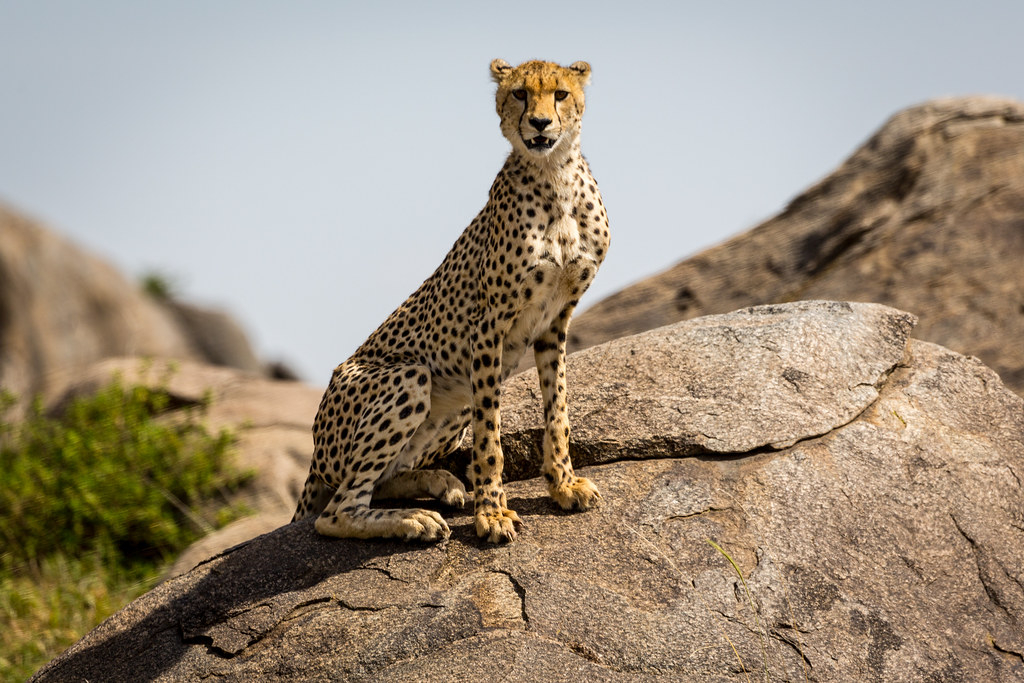
No animal on land can match the cheetah’s breathtaking speed. Native to Africa, cheetahs are built for explosive acceleration, reaching speeds of up to 70 miles per hour (113 km/h) in short bursts covering distances of up to 500 meters. Their slender, lightweight frame, long legs, and non-retractable claws provide maximum traction, while their flexible spine allows their body to stretch with each stride. Cheetahs use their speed to chase down gazelles, impalas, and other swift prey, making them one of nature’s most thrilling predators.
2. Pronghorn Antelope (Antilocapra americana)
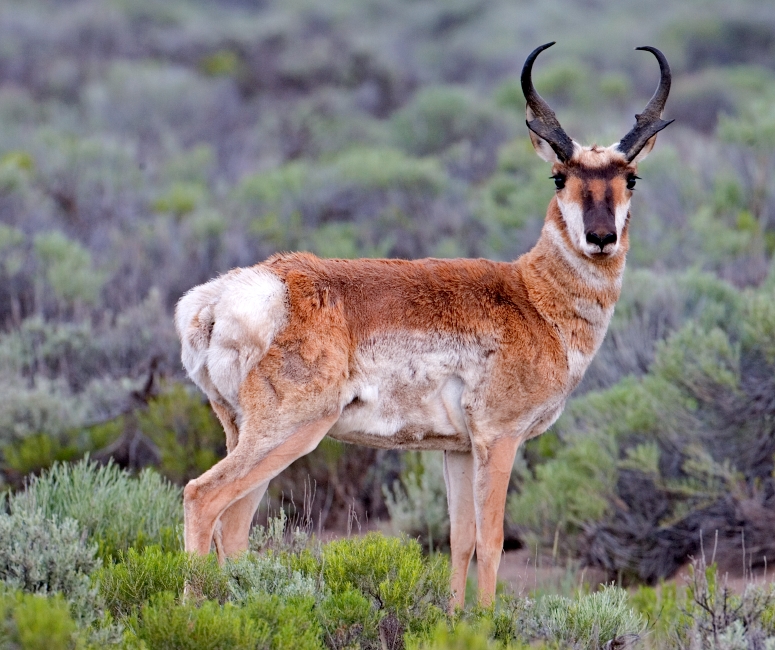
Often called North America’s fastest land animal, the pronghorn can reach speeds of 55 miles per hour (88.5 km/h). While it can’t match the cheetah’s top speed, it’s a champion in endurance. Pronghorns can sustain speeds of 35–40 mph (56–64 km/h) for several miles, thanks to their oversized lungs and heart. Found in the grasslands and deserts of the western United States and Canada, pronghorns rely on speed to escape predators like coyotes and bobcats across open terrain.
3. Springbok (Antidorcas marsupialis)

The Springbok, native to southern Africa, is a small but incredibly swift antelope capable of reaching speeds of 55 miles per hour (88 km/h). Known for their remarkable leaps, called “pronking,” these agile animals jump several feet into the air while running — a display believed to confuse predators or signal fitness to other springboks. They inhabit arid regions and grasslands, and their speed combined with unpredictable movements makes them a difficult target for predators like cheetahs and lions.
4. Quarter Horse (Equus ferus caballus)
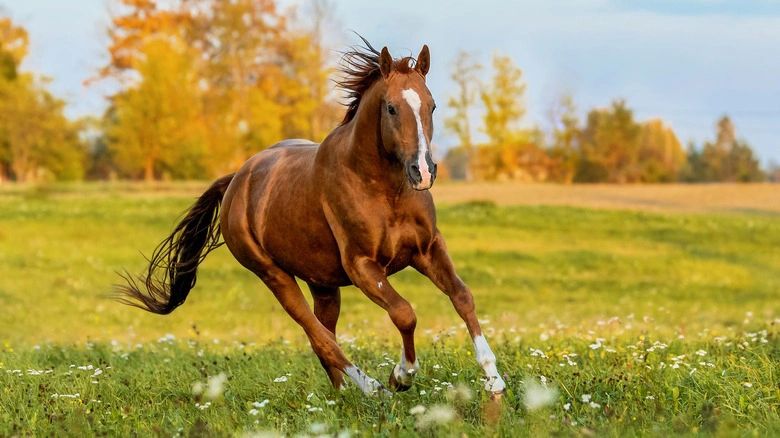
When it comes to short-distance speed, the American Quarter Horse holds the title for the fastest horse breed. It can sprint at speeds of up to 55 miles per hour (88 km/h) over a quarter-mile track, hence its name. These muscular, powerful horses were originally bred for racing and cattle work and are known for their explosive bursts of speed and agile maneuvering. Today, Quarter Horses are popular in rodeos, barrel racing, and sprint races, admired for their strength and versatility.
5. Wildebeest (Connochaetes)
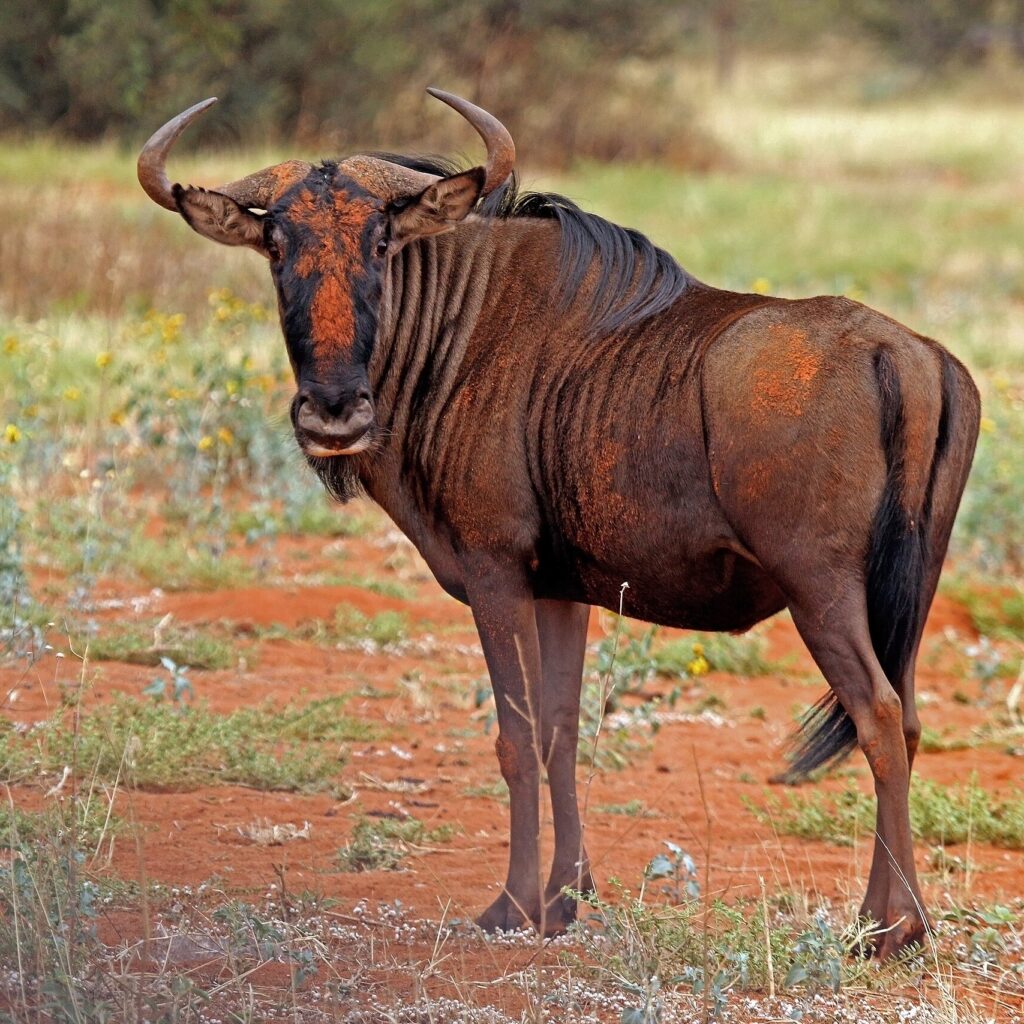
Wildebeests, also known as gnus, are large antelopes native to Africa’s open plains. Despite their bulky build, they can reach speeds of up to 50 miles per hour (80 km/h) when fleeing predators during their mass migrations. Wildebeests travel in large herds alongside zebras and other antelopes, where speed and stamina are critical for survival against lions, cheetahs, and hyenas. Their ability to maintain high speeds over long distances makes them one of Africa’s most resilient and athletic grazers.
6. Lion (Panthera leo)

As Africa’s apex predator, the lion combines raw power with impressive speed. While lions lack the cheetah’s acceleration, they can sprint at speeds of up to 50 miles per hour (80 km/h) in short bursts, typically during ambush hunts. Lions rely on teamwork and stealth to get close to prey before launching a high-speed chase. Their muscular build, sharp claws, and powerful jaws make them formidable hunters, often targeting animals like wildebeests, zebras, and buffaloes during coordinated hunts.
7. Blackbuck (Antilope cervicapra)
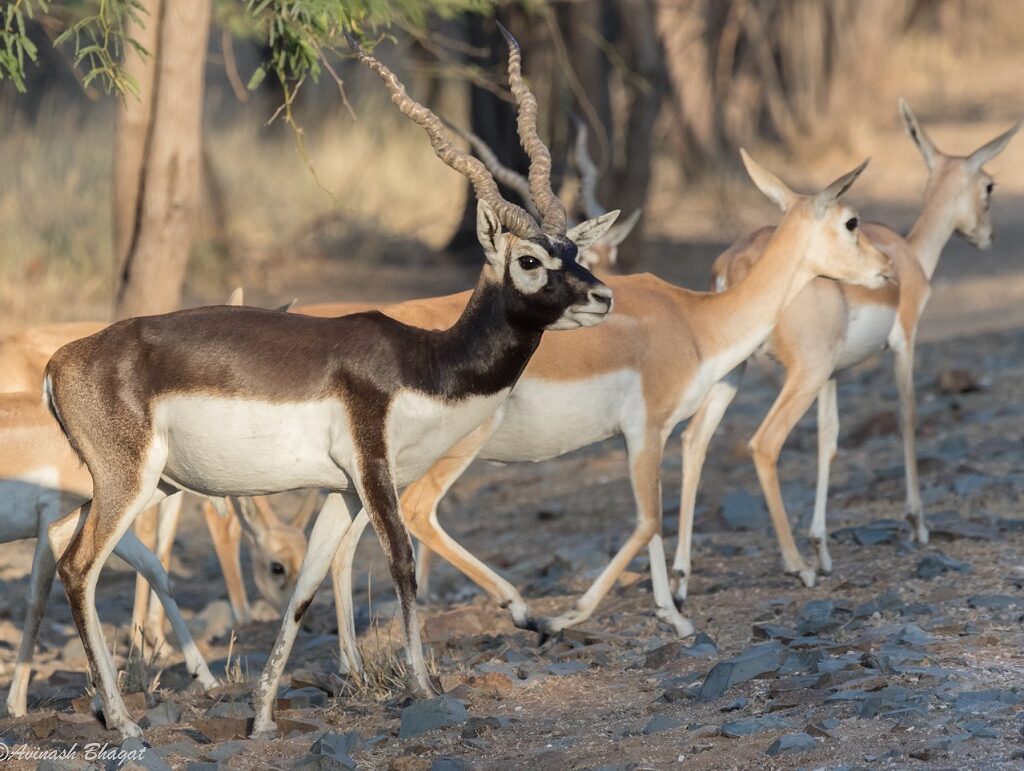
Native to India and parts of Nepal, the blackbuck is a graceful antelope known for its spiral horns and incredible speed. It can reach up to 50 miles per hour (80 km/h) when evading predators like leopards and wolves. Blackbucks inhabit open grasslands and dry scrublands, where their speed and agility are vital for survival. Males are recognized for their striking black-and-white coloration, while females are lighter brown. The blackbuck’s leaping ability adds to its impressive escape tactics.
8. Greyhound (Canis lupus familiaris)
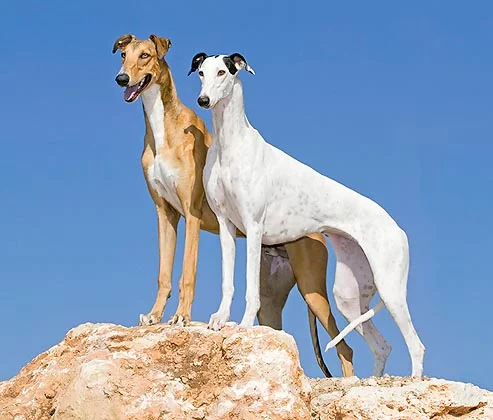
Among domesticated animals, the Greyhound holds the crown for speed. These sleek, slender dogs can run at up to 45 miles per hour (72 km/h) and are widely used in racing and hunting. Greyhounds possess an aerodynamic build, long legs, and a flexible spine that allows them to cover great distances with each stride. Originally bred for chasing game like hares and deer, they’re known for both their speed and gentle, calm demeanor when not sprinting.
9. African Wild Dog (Lycaon pictus)
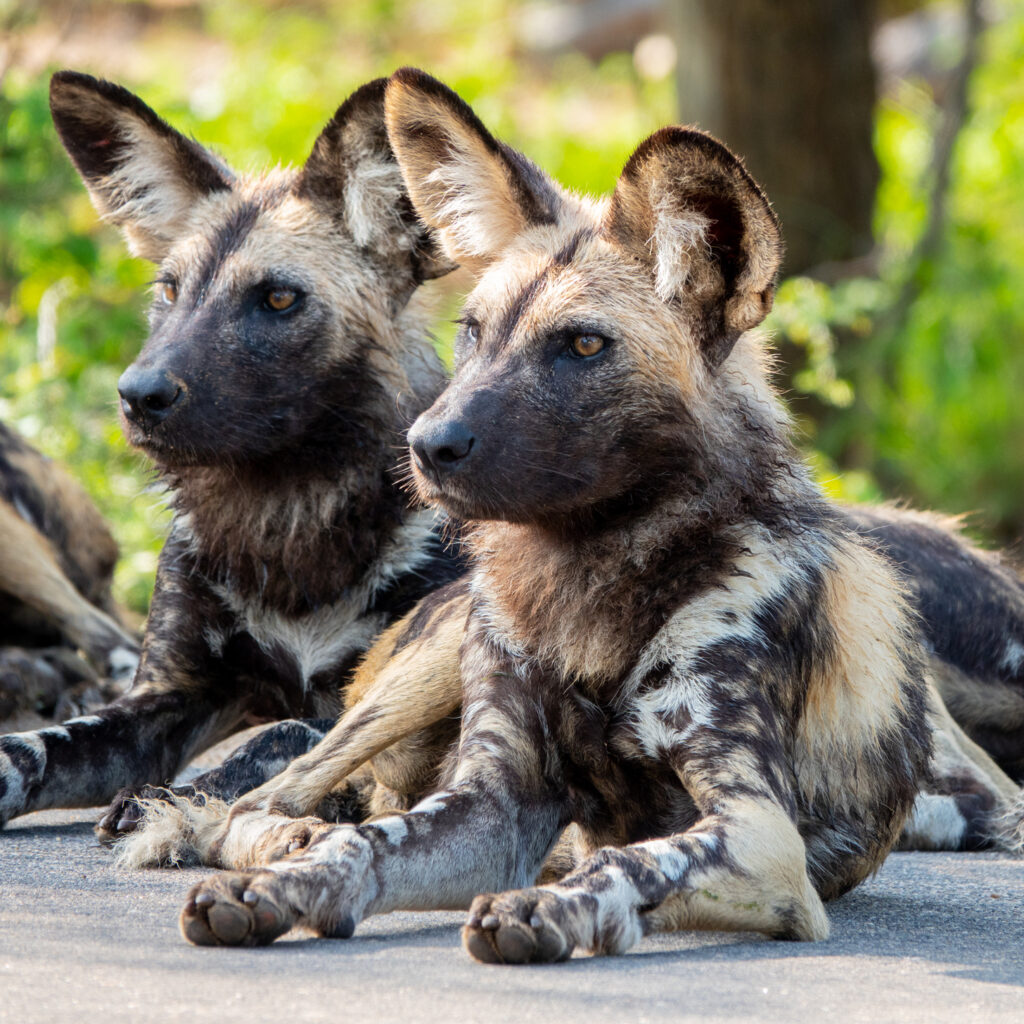
Also known as the painted wolf, the African Wild Dog is one of the most efficient and fastest hunters on the African savannah. They can run at speeds of 44 miles per hour (71 km/h) and maintain high speeds over several kilometers while chasing down antelope. These highly social animals hunt in packs, using teamwork and endurance to wear down prey. With their mottled coats and large, rounded ears, African Wild Dogs are as striking as they are swift, often achieving hunting success rates far higher than other carnivores.
10. Kangaroo (Macropus)
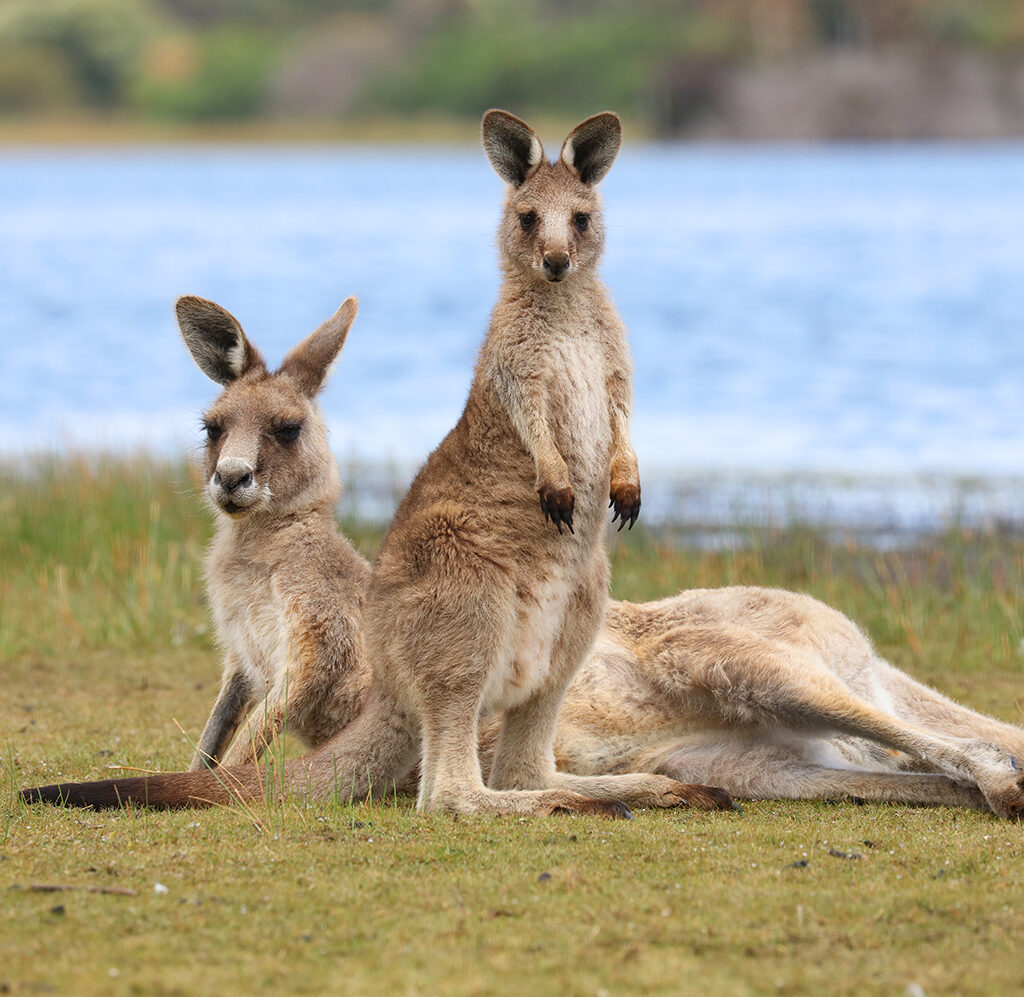
Australia’s iconic marsupial, the kangaroo, may not seem like a traditional sprinter, but it can reach speeds of up to 44 miles per hour (71 km/h). Kangaroos use their powerful hind legs and long tails for balance, propelling themselves in bounding strides that cover up to 25 feet in a single leap. Red kangaroos, the largest species, are particularly fast, using their speed to escape predators like dingoes. Their unique hopping gait is energy-efficient, allowing them to cover vast distances in search of food and water.
Conclusion
From the lightning-fast cheetah to the relentless African wild dog and the graceful kangaroo, these ten animals showcase nature’s incredible diversity of speed and survival strategies. Whether it’s a life-or-death chase on the African plains or a high-stakes sprint in North America’s deserts, these creatures remind us just how thrilling the natural world can be. Their speed isn’t just about escape or pursuit — it’s a testament to evolution’s brilliance and adaptability.




